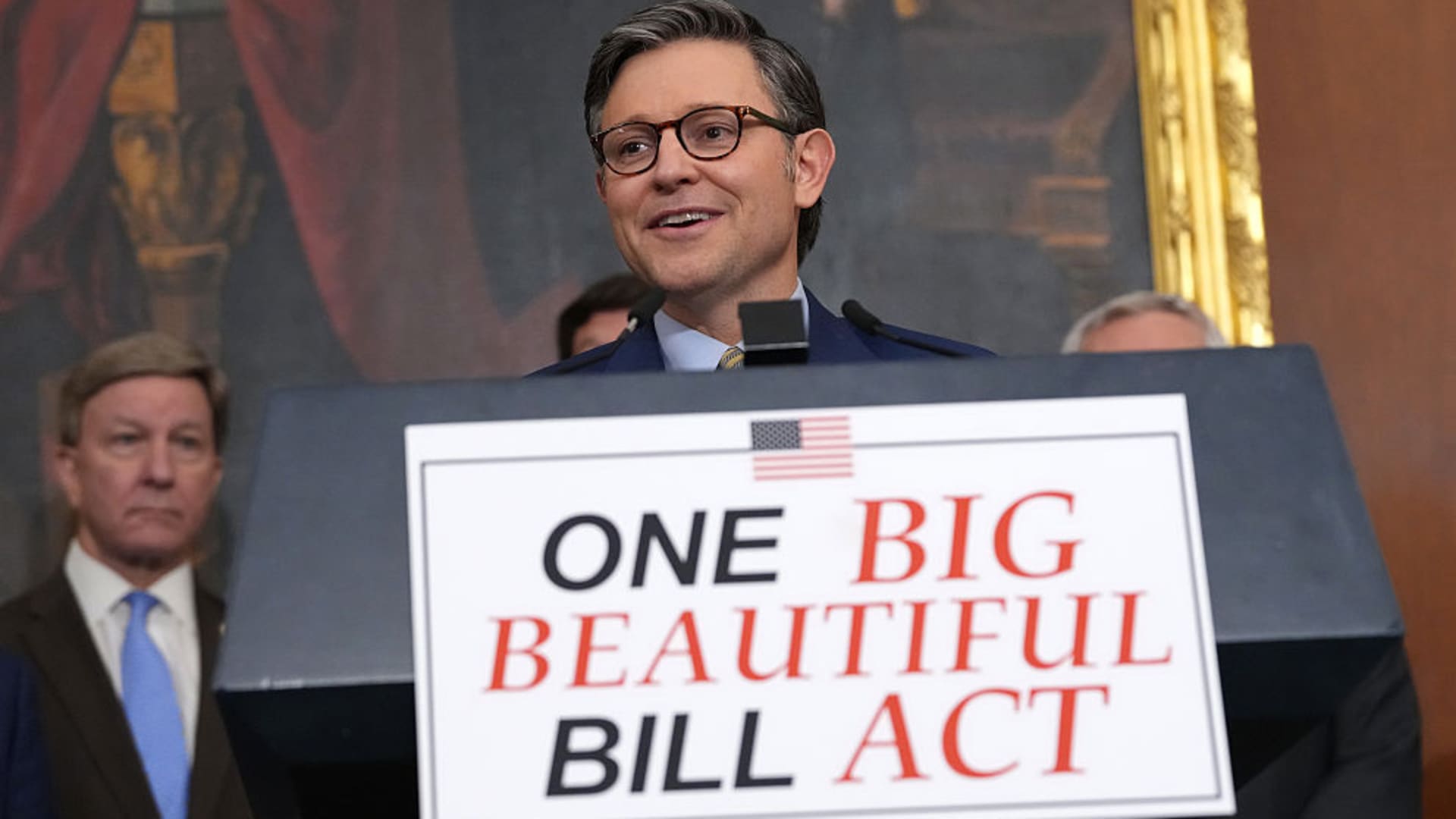TikTok’s fate is still uncertain.
While the Supreme Court last week upheld the law that effectively bans TikTok from the U.S., one of Trump’s first actions as president was an executive order to pause the ban for 75 days, starting Jan. 20.
The app’s future may shift how young adults learn about personal finance. Gen Zers, or those born between 1997 and 2012, often rely on TikTok’s financial community, or #FinTok, as a source of information about money.
A 2024 report by the CFA Institute found that the generation is more likely than older generations to engage with “finfluencer” — or financial influencer — content on TikTok, YouTube and Instagram, in part because they have less access to professional financial advisors and a preference for obtaining information online.
More from Personal Finance:
Biden announces final round of student loan forgiveness
Steps homeowners and renters should take after a wildfire
What to know about the $1,400 payments
Americans last year turned to TikTok for financial advice on topics including budgeting (25%), investing (24%), credit cards and credit scores (33%), according to a recent report by Chime, a financial technology company.
The site polled 2,000 U.S. adults from November 1 to 16. It also analyzed user engagement patterns on TikTok compared with data from platforms like Google Trends and Exploding Topics, which track popularity and growth of trends over time.
Leading up to the law’s initial Jan. 19 deadline for TikTok, finfluencers had been directing their followers to other platforms like Instagram and YouTube. Individuals also downloaded social media apps like RedNote as TikTok substitutes.
But whatever ends up happening with TikTok, finfluencers are here to stay. Here’s how to vet their advice.
About 65% of respondents in Chime’s survey said they feel more financially secure since using TikTok. Another 68% say #FinTok has improved their financial situation at home.
“For 2025, TikTok users are gravitating toward digestible personal finance tips that incorporate budgeting apps, micro-investing and community-based saving challenges,” said certified financial planner Douglas Boneparth, president and founder of Bone Fide Wealth, a wealth management firm based in New York City that focuses on millennials, young professionals and entrepreneurs.
Some viral TikTok trends are worth applying to your finances in 2025, like “loud budgeting,” experts say. The trend encourages consumers to take control of their finances and be vocal about making money-conscious decisions rather than overspending.
Essentially, “loud budgeting is just financial boundaries,” financial therapist Lindsay Bryan-Podvin, author of “The Financial Anxiety Solution” and founder of Mind Money Balance.
A short-term, no-spend challenge can also be an opportunity to do a “gut check on where you’re spending and where you’re saving,” Bryan-Podvin said.
“These trends are worth adopting if you verify the underlying strategies [… and] modify them to align with your personal financial goals and risk tolerance,” said Boneparth, who is a member of the CNBC Financial Advisor Council.
But a lot of incorrect or risky advice appears on social media, too. About 27% of social media users believed misleading financial advice or misinformation on social media, according to Edelman Financial Engines. About 42% of surveyed adults in their 30s have fallen prey to bad financial advice in social platforms, and 2 in 10 have been affected more than once, the report found.
Edelman polled 3,008 adults of ages 30 and up from June 12 to July 2024. The total sample included 1,500 respondents between ages 45 and 70 with household assets between $500 and $3 million.
It’s important for social media users to be cautious about the content that influencers share, experts say.
“There’s really no barrier to entry for [an] influencer to participate on a platform,” said CFP Brian Walsh, head of financial planning advice at SoFi, a personal finance and financial planning technology company.
While social media helps people easily access information and get unique insights, it can be concerning when it comes to information you’d apply to your personal finances, he said.
“There’s nothing stopping someone with a ton of followers from promoting something that’s completely wrong,” Walsh said.
In most instances, you might not find experienced financial advisors on TikTok like on other social platforms, according to Winnie Sun, co-founder and managing director of Irvine, California-based Sun Group Wealth Partners.
Much of it has to do with compliance rules. In order for financial planners to maintain their licensing, they must adhere to certain guidelines on what information they’re allowed to share. It’s easier to track and review content posted on some platforms — TikTok isn’t one of them.
“I’m not allowed to share information on TikTok,” said Sun, who is also a CNBC FA Council member.
You can typically find licensed financial professionals actively sharing content on platforms like LinkedIn, YouTube and X, she said.
It’s also “absolutely crucial” to develop a basic level of financial literacy before turning to social media for advice, said SoFi’s Walsh.
Look for online courses, join financial forums and subscribe to legitimate publications to gain financial literacy, experts say. Organizations like the Consumer Financial Protection Bureau also provide free educational resources.
If the content creator is not actively in the financial industry or lacks accreditation altogether, be careful about what they say. Be cautious if they are promising quick results and if they speak in absolutes, SoFi’s Walsh said — it can take a long time to save for an emergency, pay off credit card debt or learn how to invest.
“So promising get rich quick or overnight sensations […] that’s a big red flag for me,” Walsh said.
Also be careful if a creator talks about how one product or solution can answer all of your problems, he explained.
Outside of the basics like spending less than you make and saving money, there are “very few absolutes,” Walsh said.
Cross-reference an influencer’s claims with sources like government regulators and content from reputable financial professionals and publications, Boneparth said. If you need personalized advice, consider reaching out to a certified financial planner, a tax professional or a licensed investment advisor, he said.


 Economics1 week ago
Economics1 week ago
 Personal Finance7 days ago
Personal Finance7 days ago
 Accounting1 week ago
Accounting1 week ago
 Economics7 days ago
Economics7 days ago
 Blog Post3 days ago
Blog Post3 days ago
 Economics1 week ago
Economics1 week ago
 Personal Finance1 week ago
Personal Finance1 week ago
 Economics5 days ago
Economics5 days ago










